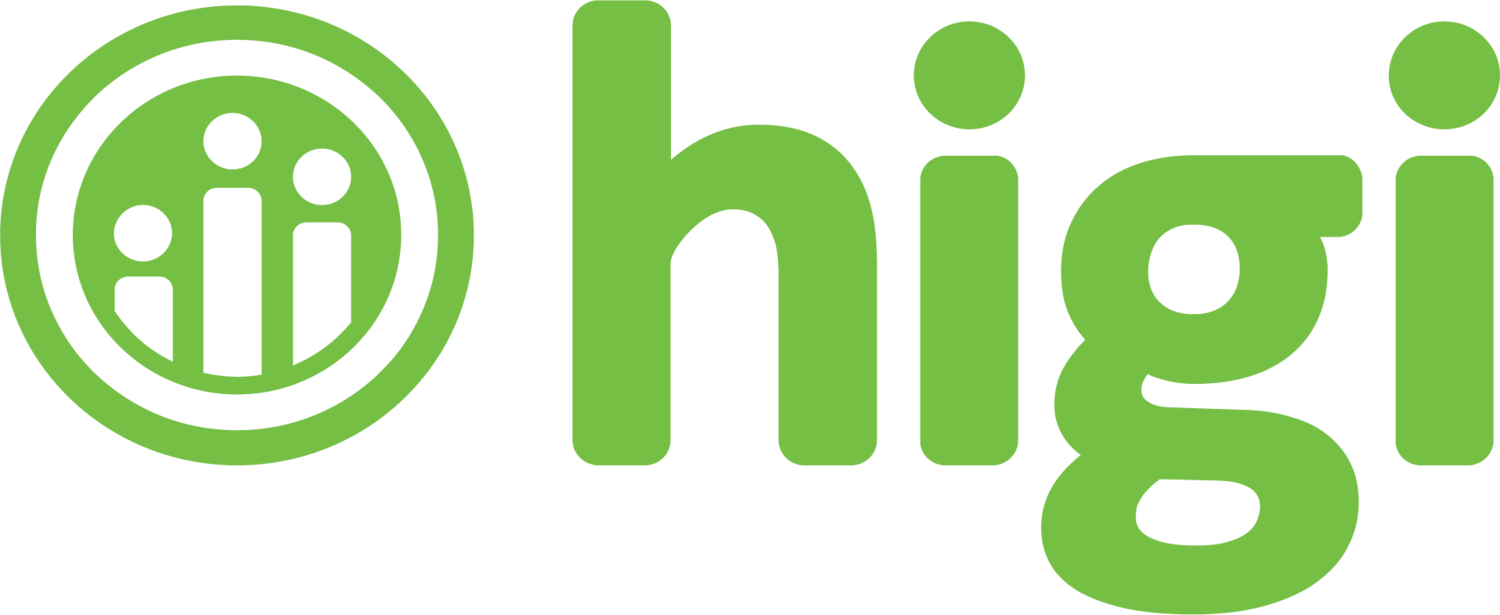Managing Blood Pressure Starts with Education
May is blood pressure education month, and for many, the first step to understanding their blood pressure is to take a free blood pressure reading at the Higi Station. For the more than 60% of sessions where the blood pressure reading indicates risk of hypertension, the journey to better health starts by understanding the controllable risk factors and preventive action that person can take, as well as the implications of living with uncontrolled high blood pressure.
In a survey of Higi users, 70% indicated that not having access to a Higi Station during Covid-19 impacted their ability to track their health, with 42% indicating they had no way to take blood pressure without Higi. This trend is particularly alarming given a recent decrease in blood pressure control among American adults,[1] as well as the potential complications associated with Covid-19 for those with cardiovascular conditions and potentially high blood pressure.[2] With safety as a top priority, and in accordance with initial guidelines from the CDC, Higi Stations were temporarily placed into Education Mode, disabling health risk screenings through the platform. While this limited pharmacy traffic in support of social distancing guidelines, it also limited access to an important screening and educational mechanism that consumers, particularly those at higher risk, rely on to understand their status as well as addressable risk factors.
As we consider the intersection between high blood pressure and chronic disease, we’ve doubled down on our efforts to provide guidance and support to consumers as they look to improve their health, with an initial focus on blood pressure, as an important indicator of overall health. We recently announced that the Higi platform would integrate American Heart Association science, and in doing so, provide ongoing guidance, education and recommended courses of action for consumers.
With a March 2021 launch, early data shows clear opportunity for further collaboration with healthcare stakeholders. The program exposes clear gaps between diagnosed patients and those with blood pressure readings outside desired ranges, highlighting a cohort in need of care as well additional guidance and support for those aware of their condition, but who have not yet achieved desired control.



